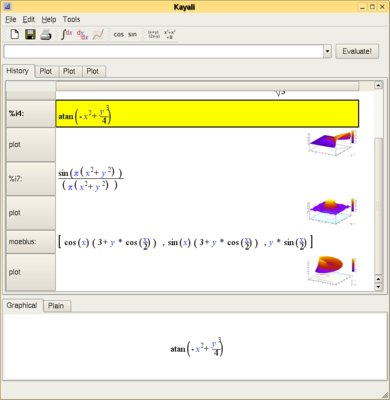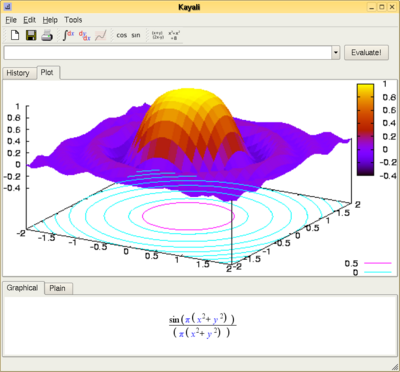exp(x) log(x) sqrt(x) acos(x) acosh(x) acot(x) acoth(x) asin(x) asinh(x) asec(x) asech(x) acsc(x) acsch(x) atan(x) atanh(x) cos(x) cosh(x) cot(x) coth(x) sin(x) sinh(x) sec(x) sech(x) csc(x) csch(x) tan(x) tanh(x)
Maxima does not have a built-in function for the base 10 logarithm or other bases. log10(x) := log(x) / log(10) is a useful definition.









































